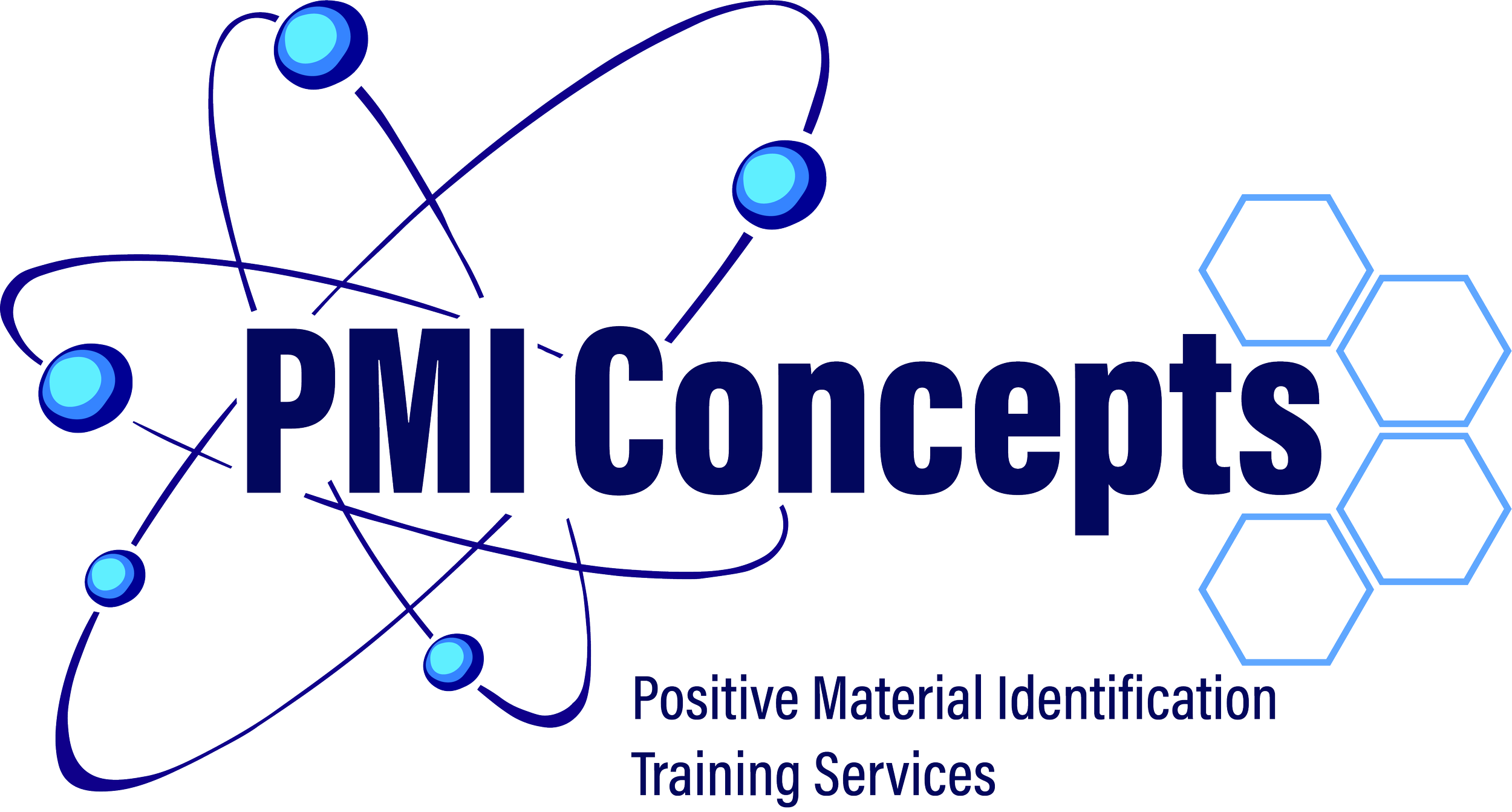Alloy Refresher Practice Sheets
In my last blog post I provided some alloy specification reference material. We'll put that to use here. The data we’re focusing on is from XRF shots on some of the most common alloys out there:
304
316
321
347
410
1.25 Cr .5 Mo (F11)
2.25 Cr 1 Mo (F22)
5 Cr .5 Mo (F5)
9 Cr 1 Mo (F9)
91 Chrome (F91).
Click to Download Alloy Practice Sheet PDF
The concept behind these refresher sheets is one of "use it or lose it." It's not meant to be difficult or tricky, but to simply keep some pathways in the brain alive until the next job comes up. There are plenty of cross-trained PMI techs out there who spend the majority of their time on other NDT methods, only picking up a PMI instrument on occasion. In my experience, that tech will make better decisions if they aren't scrambling to remember what basic alloys look like. Modern instrumentation does extremely well identifying clean and well-prepped material, but beautiful surface conditions aren't always easy to come by (anyone who's done a rope-access retro PMI survey knows what I mean). Tramp elements from slight surface contamination can cause an incorrect ID, but it won't fool a human operator if they know what they're looking for. That's where these practice sheets come in. They'll keep the brain up-to-date on what common alloys look like so you'll know what should and shouldn't be there at a glance. The point isn't to become a walking alloy knowledge repository, but to know enough to not be forced into putting blind faith in the instrumentation.
If you're in a supervisory role, post a new sheet up weekly on a bulletin board, send it in an email, or even text it to your people. Spread it around. Get yourself and your employees thinking about these common alloys in the down time. You'll see more success and less mistakes on those emergency, middle-of-the-night-shift calls.
If you're a tech, strive to get them all right, every time. Try to remember additional things about each alloy, e.g., types of service, general specs, welding filler metals used, etc. Discuss them with your coworkers and quiz each other.
As always, feel free to reach out to me if you have any questions.
Until next time, take care,
Paul
